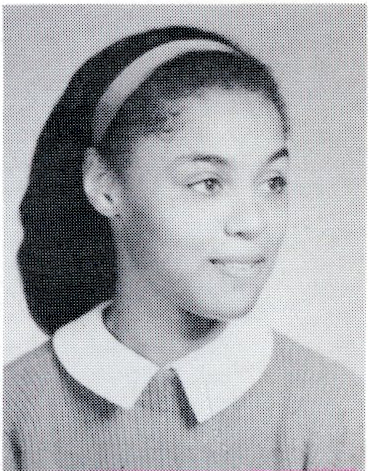On Campus
Members of the Swarthmore Class of 1966 began their college careers in the midst of the modern Civil Rights movement. Freshmen arrived on campus in 1962 with a varying degrees of political consciousness. While some had spent their high school years engaged in local politics and student activism, others confronted issues of race and inequality for the first time at Swarthmore. The college’s campus was by no means immune to the tensions that gripped the country.
SPAC
Students eager to engage with the national political climate joined the Swarthmore Political Action Committee (SPAC). SPAC provided a space for students to discuss current events and to plan direct action. Students involved in SPAC had to decide for themselves how to balance their schoolwork with their activism. Some chose to prioritize academics and honors seminars in their final years at the college, while others let grades slip in order to work in Cambridge, Maryland every weekend or even took time away from Swarthmore to join SNCC or CORE.
Cafeteria Staff
In 1962, Swarthmore’s cafeteria staff was entirely made up of African American women. Many staff members belonged to a local NAACP chapter. At the time, students did not bus their own tables and staff members served and cleaned up food. SPAC worked with members of the staff to advocate for better wages and safer work conditions. A large and dangerously exposed pipe in the cafeteria frequently singed staff members as they moved passed it busing tables. When Judy Richardson '66, a SPAC member and student activist also working at the cafeteria, burned her leg on the exposed pipe the college administration quickly covered it.
Tensions on Campus and Administration’s Response
Students engaged in activism faced pressure from disapproving parents, peers, and some administrators as well as the very real possibility of arrest. Though many alumni recall receiving support from friends and professors, many also remember peers who questioned their decision to take part in protests and pickets. The arrest of over fifty Swarthmore students in Chester in 1963 prompted the administration to release a controversial statement reminding students that they could be “subjected to disciplinary action for acts contrary to law or for neglect of their obligations as members of the College.” The Phoenix published an editorial condemning the statement.

